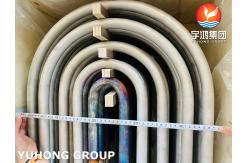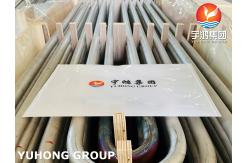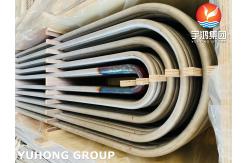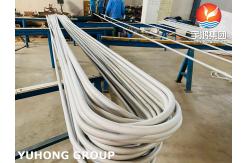Boiler U Tube ASTM A213 TP304 / 304L SS Seamless U Bend Tube
|
|
Boiler U Tube ASTM A213 TP304 / 304L SS Seamless U bend Tube Used in Boiler/ Heat Exchanger
Description
304 stainless steel is the low carbon (up to 0.08%) version of basic 18-8. ASTM A213 TP304 stainless steel seamless pipes are manufactured using a seamless process under high pressure environments, and grade TP304 stainless steel is the most commonly used material due to its high strength and excellent corrosion resistance.
Type 304 is widely used in welding applications because the low carbon allows some exposure in the carbide precipitation range of 800°F - 1500°F without the need for post-annealing operations. However, the severity of the corrosive environment may require annealing or the use of 304L after welding.
Type 304L has a carbon content of 0.03% or less. This alloy can be used in the welded state without becoming susceptible to intergranular corrosion. The main components of 304 stainless steel (except iron) are chromium and nickel. 304 contains 18-20% chromium (Cr). Chromium is an essential chemical in all stainless steels, forming the thin passivation layer that makes the metal "rustless. 304 also contains 8-10.5% nickel (Ni). It is added to make the austenitic structure more stable at room temperature. Nickel also improves oxidation resistance at high temperatures, enabling steel to resist stress corrosion cracking. Where the steel is to be stretched, a lower percentage (8%) of nickel should be selected. If the steel is to be deeply drawn, the higher the percentage, the better (9% or more). In addition, many other chemicals may be present, but these are expressed as the maximum allowable level, except for the increase in the amount of carbon required in 304H - that is, a minimum of 0.04% and a maximum of 0.10% * The maximum acceptable carbon content for drawn tubes is 0.04% What is the difference between 304, 304L and 304H stainless steel? There are hundreds of different grades of stainless steel on the market. Each of these unique stainless steel formulations offers a degree of corrosion resistance superior to that of ordinary steel. The presence of these stainless steel variants can cause some confusion - especially when the names and formulations of the two stainless steel alloys are nearly identical. This is the case with 304 and 304L stainless steel.
ASTM A213 TP304L Welded Tube Chemical Composition
Mechanical Properties of A312 TP 304L ERW Pipe
Physical Properties of ASTM A213 Grade 304L Tubing
Grade specifications for 304L grade stainless steel
|
|||||||||||||||||||||||||||||||||||||||||||||||||||||||||||||||||||||||||||||||||||||
| Product Tags: Bright Annealed Stainless Steel U Tube Heat Exchanger Seamless U Bend Tube TP304L Stainless Steel U Bend Tube | |||||||||||||||||||||||||||||||||||||||||||||||||||||||||||||||||||||||||||||||||||||
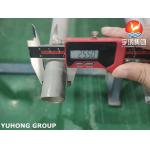
|
ASTM A213 / ASME SA213 TP347 Stainless Steel Seamless Heat Exchanger Tube |
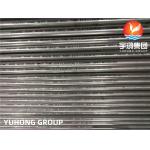
|
ASTM B163 Incoloy N02200 N02201 N04400 N06600 Heat Exchanger Tube |
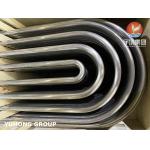
|
Nickel Alloy U Bend Tube ASME SB163 Monel 400 UNS N04400 Seamless Tube |
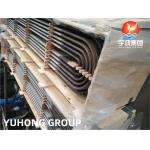
|
ASTM A213 TP304L Austenitic Stainless Steel Seamless U Bend Tube |
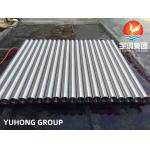
|
ASTM B163 Incoloy 800HT UNS N08811 Bright Surface Nickel Alloy Tube |
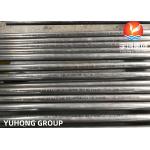
|
ASME SB163 UNS N04400 / Monel 400 Nickel Alloy Seamless Heat Exchanger Tube |

